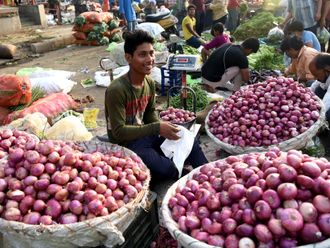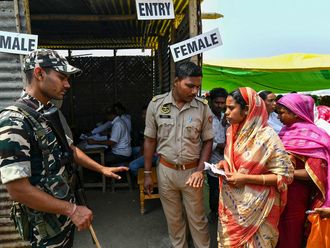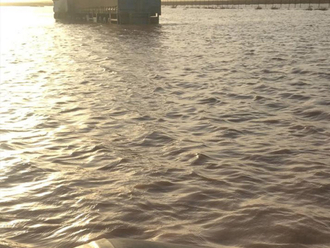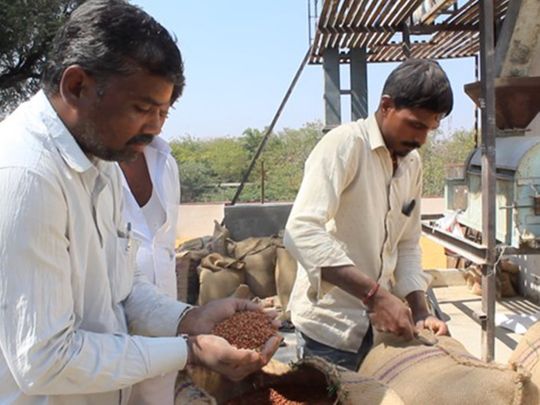
Bengaluru: Gulbarga is a historic city in North Karnataka and the administrative headquarters of the eponymous district. It was once the capital of the medieval Bahamani Empire.
Though, the city and the district are dotted with some splendid Bahamani ruins, the region is now more famous for its lentils and grams, with one particular variety - the red gram - standing out.
Red gram is the gold of North Karnataka and it grows abundantly in the region. So rich and sought after, every inch of Gulbarga’s cultivable land grows this gram, known commonly as Tur Dal.
But, this is not just the average toor dal that we find in the market. It’s a super food - it’s the pulse of Gulbarga - the commodity that got this historic region its only Geographical Indication (GI) tag!
Harvest
With the onset of winter begins the harvest season for pulses and grams in North Karnataka, it’s when the farm labourers race against time.
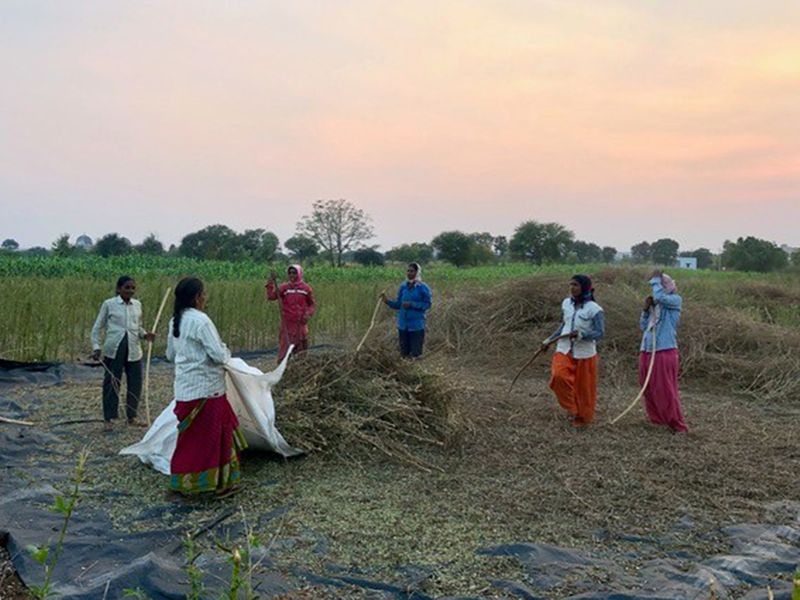
During this season, farm labourers rush from one farmland to another, cashing in on the season’s abundant bounties.
Harvesting red gram involves detaching pods of grams from the stems by constantly beating each stack for a few minutes. The detached pods then go through the threshing machine where the grams and chaff are separated. Finally, the gram is taken to the mill and processed in the machines to uncover the yellow daal from the red gram.
Staple
A staple across India, every household and region of India has its favourite variety of lentil.
Whether you serve it fried and eat it with a plate of rice or you relish it fried with hot rotis, dal in India is the most loved and essential food.
Though, equally relished by all sections of Indians, it is a vital source of protein particularly for the poor and the vegetarians.
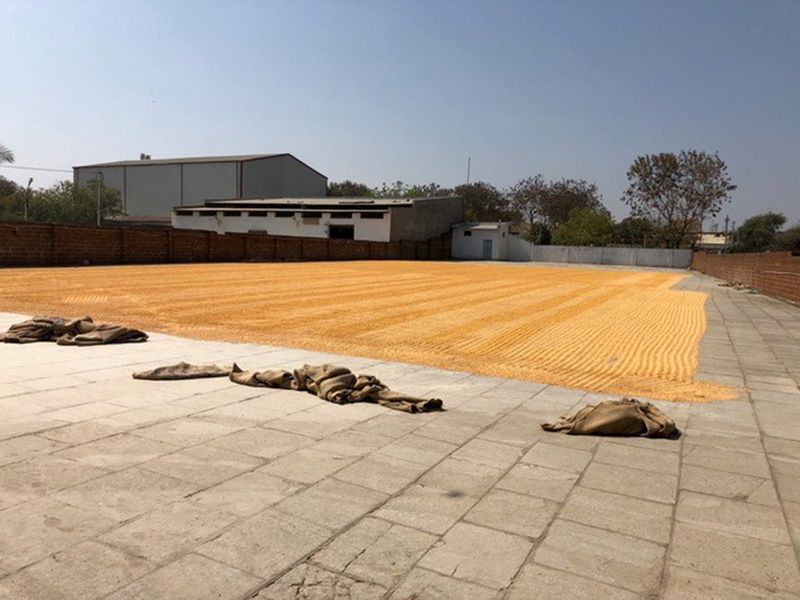
For the farmers across Gulbarga and its neighbouring districts, who grow the pulse every year, Toor Dal is a staple.
Every family in this region grows the red gram, which provides them with both food and income.
However, the utility of the crop doesn’t end here. Sun-dried red gram plants are the primary source of fuel for the villagers and they also use its sturdy stems to build their huts.
Nutritious
Apart from its size, taste and aroma, Gulbarga Toor Dal is unique for its nutritional content and that is the reason why it has been awarded the GI tag!
A GI tag is usually awarded to a product that is distinct to a particular region, like Darjeeling Tea, Dharwad Pedha, Ilkal Saree, Bidriware etc. The product has to have a speciality either in taste, content, craft or value, which should be unlike any found in other places.
The red gram grown in Gulbarga has high calcium and potassium content due to the mineral-rich black soil of the district.
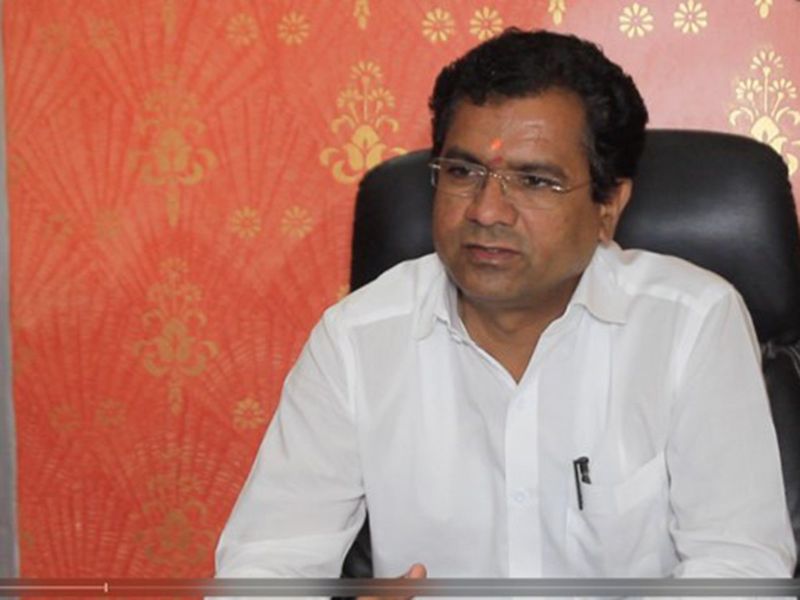
“The protein and calcium content that is found in Gulbarga Toor Dal is not found in any other tur crop across the world. A high level of calcium and potassium content is found in the soil of four taluks (administrative blocks) of the district and it is considered very good for health. The GI tag is restricted only to these places. It is geographically identified and is because of the soil,” said Santosh Langar, a major distributor of grams and pulses in Gulbarga.
According to official test reports, the calcium and potassium content in the soil of Gulbarga is several times higher than the average level found in other parts of India.
This not only makes the Gulbarga toor dal highly nutritious, but also gives it a superior taste and aroma.
“Just like some Basmati rice varieties from Punjab have a distinct taste, the Gulbarga Tur Daal also has a distinct taste and aroma,” added Langar.
Toor Capital
Considered the king of lentils, tur daal flourishes in many parts of India including Maharashtra, Madhya Pradesh and Andhra. But the district of Gulbarga alone produces nearly 20 per cent of India’s toor dal annually.
“Tur Daal has been the main crop of this region for a long time. Just the Gulbarga district alone has 400 dal mills. Apart from Gulbarga, most of the North Karnataka districts such as Bidar and Yadgir also have many dal mills. Gulbarga alone produces 4,000 tonnes of toor daal per day during the season, apart from Moong and Urid varieties. But the predominant crop is tur daal, with the district not only ranking first in Karnataka but in the whole of South India,” said Langar, elaborating on the lentil output of the region.

Though, the GI tag is restricted only to four administrative blocks of Sedam, Chitrapur, Chincholi, Gulbarga and parts of Jewargi, red gram is the predominant and preferred crop in the entire district.
However, not all the Gulbarga Toor is of the same quality.
“The Gulbarga red gram is known for its purity, taste and premium quality. We have three categories, the number one category is called Phataka, which is worth Rs9,500 per quintal (prices vary from season to season), the second category is the medium quality, this goes for around Rs8,000, and the third category is the polished version of the medium quality,” said Sharana Basappa Pujari, a mill owner in Gulbarga.
Ground realities
One would assume that the unique status of the Gulbarga Toor Dal translates into a higher price and better marketing prospects. But, the realities on the ground seem not so promising.
“Gulbarga mostly has dry land, with very little irrigation. There are very few reservoirs here. Last year, the flood caused a lot of damage to the crops, with 50 per cent of the pulses crop affected. This year we are hoping for a better yield. Farmers are also facing the issue of unfair pricing and all the supposed benefits that come with the GI Tag haven’t materialised yet,” said Langar, who is also a local union leader.
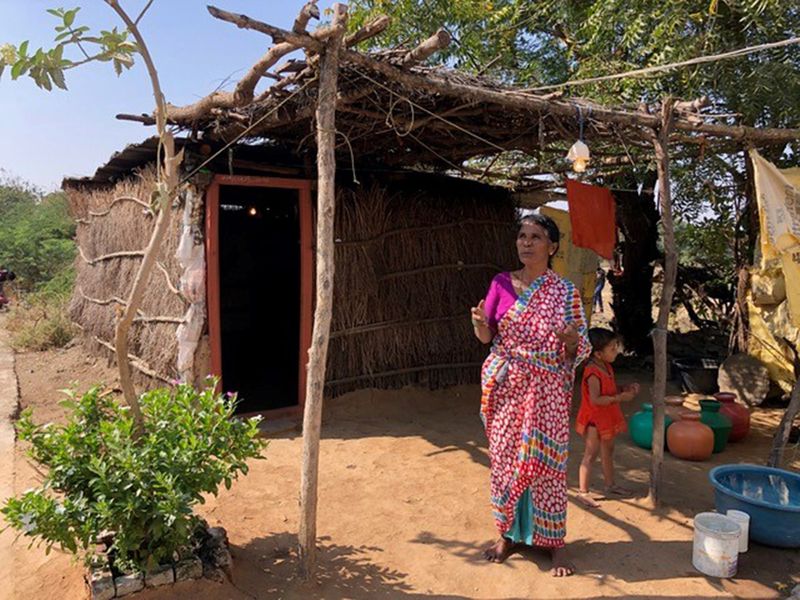
Though, the farmers deserve better, for now they are content with accepting what their fortunes offer them.
As the harvest season unfolds, there is a renewed buzz at the wholesale market in the city of Gulbarga.
At the peak of the season, 25,000 bags of toor dal arrive daily for around couple of months, getting the farmers, porters, traders and brokers on an overdrive.
This is the season they wait for the whole year to reap the returns of their efforts.
It’s the only season when they sell their dal as well as eat it.
— Shafaat Shahbandari is a freelance writer based in Bengaluru and founder-editor of Thousand Shades of India


